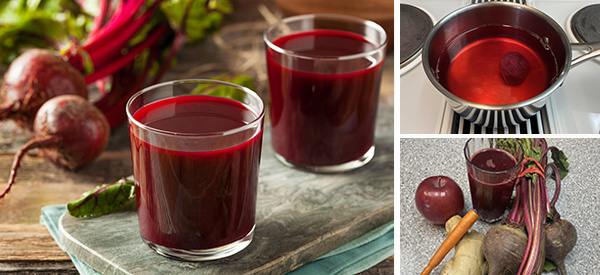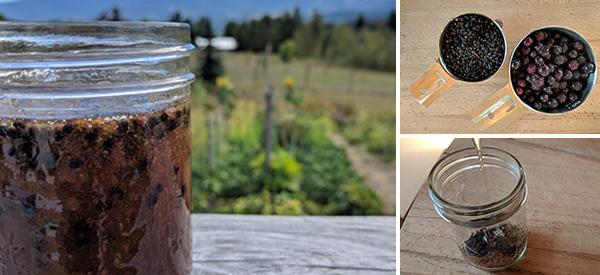
Building Strength and Style into Every Landscape With Wall Stones
When it comes to combining functionality with natural beauty in landscaping, few materials are as versatile and timeless as wall stones. These sturdy stones offer a classic solution for retaining walls, garden borders, decorative features, and structural boundaries—adding visual interest and lasting durability to both residential and commercial outdoor spaces.
Whether you’re designing a rustic garden wall or reinforcing a sloped yard, wall stones provide structural support and aesthetic appeal in one durable package. With a variety of types, colors, and installation styles available, there’s a stone solution for nearly every outdoor project.
What Are Wall Stones?
Wall stones are natural or manufactured stones used to construct walls, barriers, and retaining structures in landscaping and hardscaping. Depending on the design intent, they can be stacked dry, mortared in place, or interlocked with engineered systems to build walls that are both strong and visually appealing.
These stones are commonly made from durable materials like limestone, sandstone, granite, or fieldstone and come in a range of finishes—from rough and rustic to smooth and refined. Their natural textures and colors make them ideal for blending into a variety of landscape styles.
Benefits of Using Wall Stones
Wall stones aren’t just chosen for their appearance. They bring several key advantages to outdoor construction:
- Structural Integrity: Wall stones provide excellent support for soil and slopes, making them ideal for erosion control and elevation changes.
- Natural Aesthetic: Each stone has unique color variations and textures that enhance the organic feel of your landscape.
- Weather Resistance: High-quality wall stones are built to withstand the elements—rain, freeze-thaw cycles, and UV rays.
- Low Maintenance: Once installed, stone walls require minimal upkeep and can last for decades.
- Design Versatility: From dry-stacked retaining walls to mortared garden walls, wall stones adapt to nearly any design vision.
Popular Types of Wall Stones
The best type of stone for your project will depend on the aesthetic you’re going for and the structure you need to build. Here are some of the most popular wall stone varieties:
- Fieldstone: Naturally weathered and rounded, fieldstone offers a rustic and irregular appearance ideal for garden walls.
- Limestone: Known for its lighter color palette and ease of cutting, limestone is commonly used for clean-lined and uniform wall designs.
- Sandstone: This stone features warm, earthy tones and is easy to shape, making it popular for decorative walls.
- Granite: Extremely dense and durable, granite is perfect for structural walls requiring maximum strength and longevity.
- Manufactured Stone Veneer: Made to mimic natural stone, veneer products are lightweight and easier to install for vertical wall facings or interior applications.
Each stone type offers unique visual qualities and performance characteristics. Your choice should depend on the scale of the project, local climate, and the desired design style.
Common Applications for Wall Stones
Wall stones are used in a wide variety of landscaping and architectural applications. Some of the most common include:
- Retaining Walls: Designed to hold back soil on sloped properties, these walls prevent erosion and create usable yard space.
- Garden Borders: Low stone walls define garden beds, walkways, and lawn edges while adding charm and structure.
- Seat Walls: Incorporate flat-topped wall stones to create natural seating around patios and fire pits.
- Property Dividers: Stone walls can define boundaries, improve privacy, and create visual breaks between landscape features.
- Accent Walls and Facades: Use stone veneers on exterior home walls or freestanding features to elevate the architectural design.
Whether functional or purely decorative, wall stones create visual continuity throughout a landscape and can increase both curb appeal and property value.
Dry Stack vs. Mortared Stone Walls
Two common installation techniques define the appearance and performance of a stone wall:
- Dry Stacked: Stones are placed without mortar, relying on gravity and strategic stacking. This method allows water drainage and gives a rustic, traditional look.
- Mortared: Stones are bonded with cement mortar for added strength and stability. These walls have a more polished, formal appearance and are ideal for tall or load-bearing structures.
Dry stack walls are typically easier to repair, while mortared walls last longer with less shifting. Professional installation is recommended for large-scale or load-bearing stone walls.
Timeless Appeal with Lasting Strength
Wall stones provide a perfect fusion of form and function—enhancing your landscape with natural beauty while serving practical purposes like retaining soil, defining borders, and adding structural support. With numerous stone types, textures, and applications available, wall stones can be tailored to suit virtually any outdoor design vision.
If you’re planning a landscape project that calls for durability, elegance, and a touch of rustic charm, wall stones are a smart investment that will stand the test of time—both structurally and stylistically.









